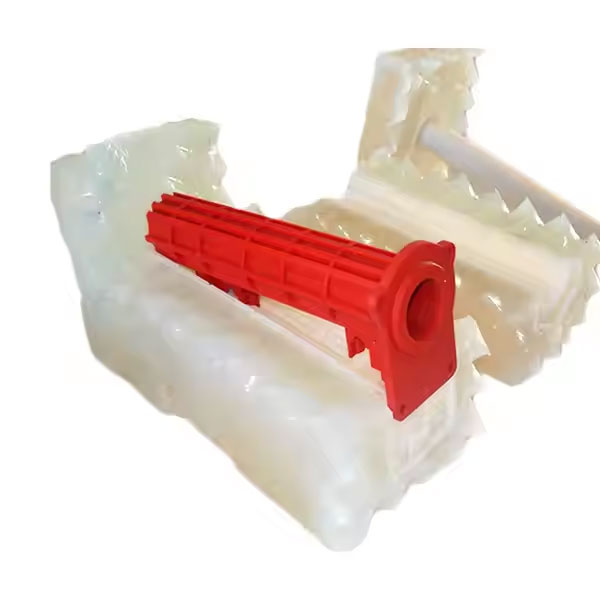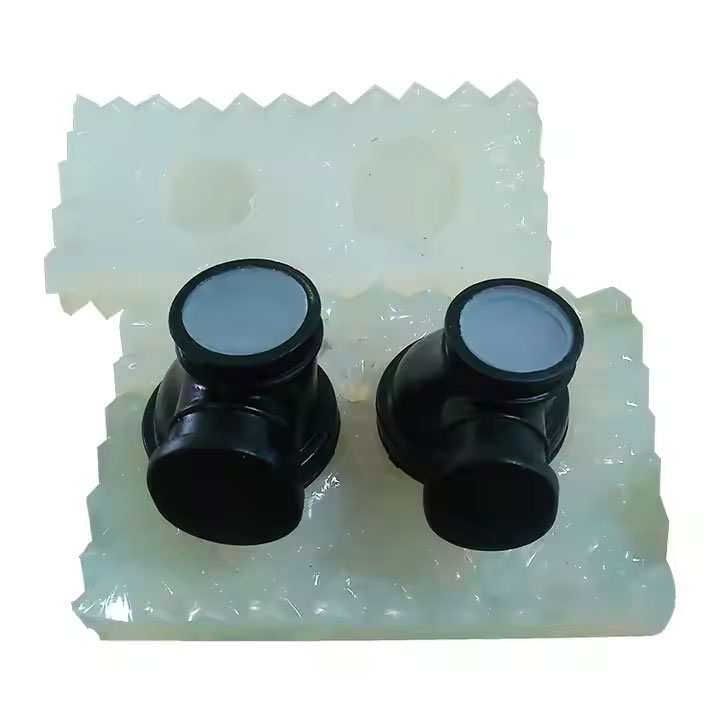The Basics Of Urethane Casting
Urethane casting provides end-use, rigid, flexible, and rubber parts with production-level quality. The urethane casting process uses a 3D-printed master pattern to create a silicone mold that delivers high-quality, short-run parts as an economical alternative to low-volume injection molding.

How Urethane Casting Works
Urethane casting is similar to injection molding in that it requires a tool with a cavity in the shape of the final part. The major difference is that urethane casting uses a \”soft\” mold made of silicone whereas injection molding using a \”hard\” metal mold that has been CNC machined. The drawback to urethane casting, then, is that the mold wears out more quickly. However, it is vastly more cost-efficient for low-volume and prototype plastic parts that require production-level quality and surface finishes.
The urethane casting process has 3 major steps:
1.The Master Pattern: In step one, a master pattern of the final part is made using an additive manufacturing process. Polyjet 3D or stereolithography (SLA) 3D printing processes are most often used due to their ability to produce high-resolution and naturally smooth finish parts. The master pattern is typically hand-finished to achieve optimal surface detail before the creation of the mold tool.
2.Molding: In step two, the 3D printed master pattern is encased in liquid silicone that cures around the pattern, with the silicone encapsulating all the features of the printed parts. When the mold cures, it is cut into distinct halves and the master pattern or 3D printed part, is removed. This leaves an internal cavity perfectly shaped like the part.
3.Pouring: In the final step of the urethane casting process, liquid urethane or silicone is poured into the silicone mold, and the mold is then placed in a chamber to help remove air bubbles in the liquid material. For opaque parts, the chamber is typically pressurized. For clear parts, the chamber typically pulls a vacuum to mitigate any bubbles and increase clarity. Once cured, the silicone halves are separated and the newly formed part is removed. This process is repeated until the desired quantity is achieved.
Benefits Of Urethane Casting
Urethane casting has a low-cost and quick turnaround for high-quality plastic parts compared to injection molding or 3D printing. Where injection molding requires an expensive upfront investment for the machining of the mold, the silicone mold required for urethane casting is inexpensive and easy to produce. Additionally, while most 3D printing processes require extensive post-processing to get to a near-finished state, urethane cast parts come out of the mold ready to go. Urethane casting is an excellent choice for creating high-quality prototypes or low-volume production of rigid, flexible, clear, colored, or rubber-like plastic parts.
If you need a quotation,please send the design drawings directly to the mailbox(info@mould-in-china.com),and tell us part material,quanitity of needs,surface finish as well,Then we will evluate and send best quotation to you ASAP,Thanks.
The design drawing file format includes the following:
STEP 3D format is the best, others 3D format are OK.
2D drawing of dwg/dxf/PDF
Pictures with dimension and detailed features
If you don’t have design documents, it’s ok to deliver samples to us
